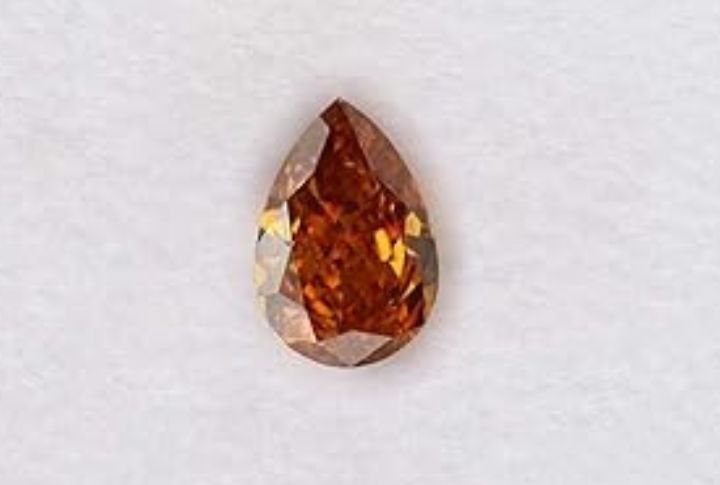
Diamonds have a secret life, and it’s more colorful than most people realize. Some shine with mysterious origins and hues that feel more fantasy than geology. If you think you’ve seen it all, think again. These rare finds push beauty into strange, fascinating territory.
Pink Diamonds

Pink diamonds rank among the rarest gems, with their blush tones formed by lattice distortions, not chemical impurities. Over 90% came from Australia’s Argyle Mine, which closed in 2020. These gems vary from faint to vivid pink and can fetch over $1 million per carat.
Blue Diamonds

With less than 0.1% of mined diamonds showing it, blue is one of the rarest natural colors. Boron atoms cause the striking hue, and many even glow under UV light. In fact, the iconic Hope Diamond is a 45.52-carat blue gem known for its durability and legendary past.
Red Diamonds

Few diamonds display a true red hue that comes from unusual lattice deformations, making these incredibly rare. Most weigh under half a carat, which adds to their exclusivity. The Moussaieff Red Diamond is one of the largest and most valuable diamonds in the world.
Green Diamonds

Natural green diamonds form after millions of years of radiation exposure, altering their structure without adding impurities. They often glow under UV light, deepening their mystique. Because they make up only 0.02% of global output, gems with uniform color are especially rare and prized.
Black Diamonds

Called carbonados, black diamonds get their deep color from graphite and sulfide inclusions. Unlike other diamonds, they’re opaque and don’t sparkle—yet they’re tougher due to their polycrystalline makeup. Some experts even suggest these may have come from outer space.
White Diamonds (Type LIa)

Type IIa diamonds are the purest of the pure, nearly nitrogen-free, and extremely rare—just 1–2% of all mined diamonds. The famed Cullinan and Koh-i-Noor diamonds both belong to this elite class. Their brilliance is unmatched, and some display rare hues like pink or blue.
Orange Diamonds

Found mostly in Africa and Brazil, they’re even scarcer than pink diamonds. Orange diamonds owe their vivid hue to rare lattice defects that rearrange nitrogen atoms. Shades can range widely, and some stones reveal a blend of orange with brown or pink undertones.
Champagne Diamond

Champagne diamonds develop their warm, brown-golden glow from natural radiation during formation. Mined primarily at Australia’s Argyle Mine, they’re rare but more affordable than other colored types. With tones from light fizz to rich cognac, they’ve also grown popular in modern jewelry.
Purple Diamonds

Plastic distortion in the crystal lattice gives purple diamonds their soft-to-vivid tones. Their deep rarity boosts demand among collectors, and some stones blend even hints of pink or red. These fancy-colored gems remain among the least commonly found in nature.
Color-Change Diamonds

These rare diamonds shift hues depending on lighting—sometimes from greenish-blue in daylight to reddish-purple indoors. Similar to alexandrite, this optical effect is exceptionally rare, with only a few dozen known stones. Their rarity makes them prized collector’s pieces.
